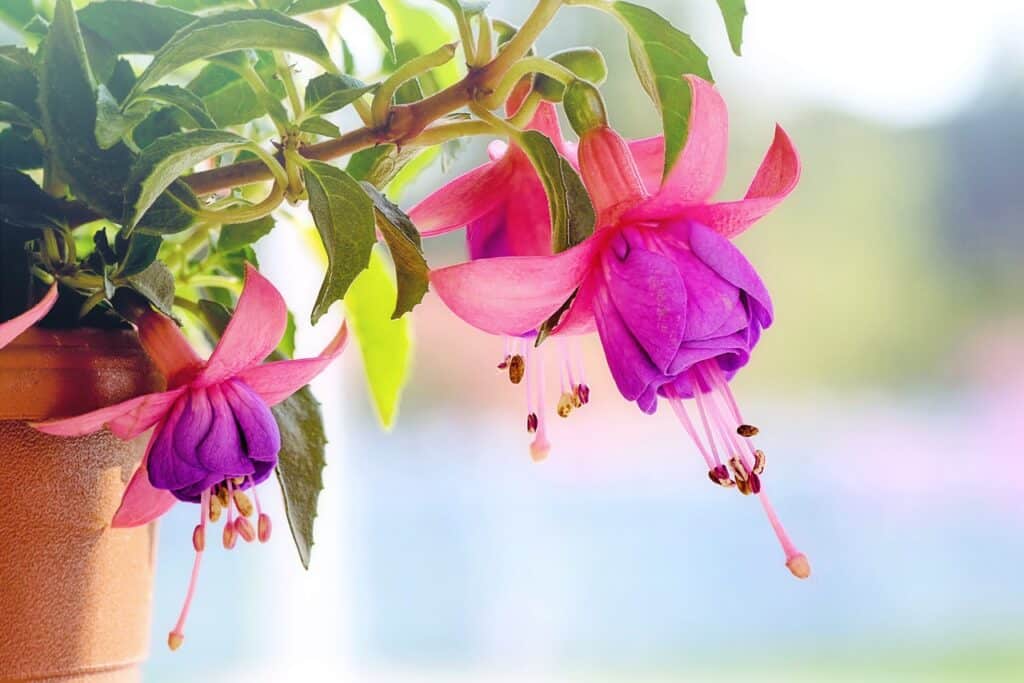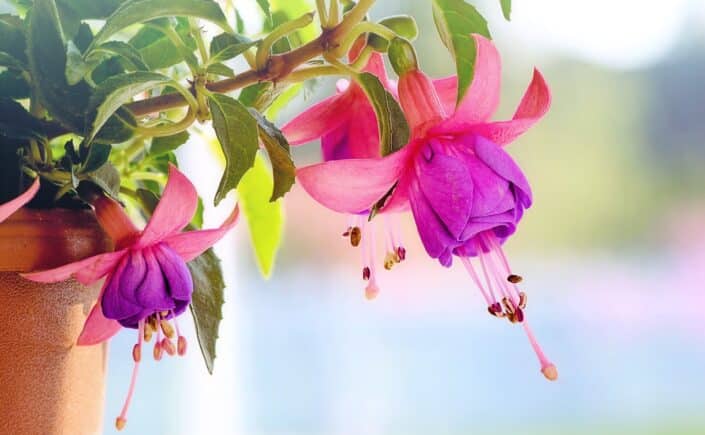Flowers, with their vibrant colors and intoxicating scents, not only add beauty to our landscapes and gardens but also play a pivotal role in creating animal-friendly spaces. These blooming wonders serve as critical food sources for various creatures, from the humblest insects to majestic birds. Robin Leigh Svec explores how including specific flowers can transform your garden into a haven for local fauna, enhancing biodiversity while providing a feast for your eyes.

Natural Food Sources For Pollinators
In recent years, there has been a massive decline in pollinator populations worldwide. This includes bees, butterflies, and other insects that play an essential role in maintaining the delicate balance of our ecosystem. One major factor contributing to this decline is the loss of natural habitat and food sources due to urbanization and the widespread use of pesticides.
However, by incorporating native flowers in our gardens and green spaces, we can provide a vital food source for these pollinators. Native flowers are especially important as they have evolved to thrive in the local climate and soil conditions, making them easier for pollinators to feed. By planting various native flowers, you can help sustain the pollinator population and create a more biodiverse environment.
Attracting Beneficial Insects
Flowers attract beneficial insects by offering them a reliable food source, primarily nectar and pollen. These insects, drawn by the colorful petals and enticing fragrances, visit the flowers and aid in crucial ecological processes such as pollination. For instance, ladybugs, a common sight in many gardens, are lured by flowers such as Dill, Fennel, and Yarrow. These tiny ladybugs are significant in controlling pests as they are carnivorous and consume aphids, mites, and other harmful insects that damage plants.
Bees, butterflies, and beetles, well-known for their role in pollination, are also attracted by different flowers. Bees are drawn to flowers with bright white, yellow, or blue petals and a sweet scent. Butterflies prefer red, yellow, or purple flowers with a wide landing pad. Beetles, on the other hand, are attracted to flowers with strong fruity or spicy scents. Apart from pollinating the flowers, these insects help form new generations of plants, contributing to the propagation and diversification of plant species. Hence, these beneficial insects, attracted by flowers, not only maintain the health of our gardens but also significantly contribute to the broader ecosystem stability and resilience.
Creating A Tranquil Environment
In addition to their environmental benefits, flowers also add a sense of tranquility to our surroundings. The bright colors, fragrances, and calming movements of flowers swaying in the breeze can have a soothing effect on humans and animals alike. This makes them an ideal addition to animal-friendly spaces such as shelters, sanctuaries, and gardens where animals may recover from trauma or seek refuge.
Moreover, certain types of flowers have been found to have healing properties that can benefit both animals and humans. For instance, Lavender is known for its calming effects and is often used in aromatherapy to reduce animal stress and anxiety. Calendula has anti-inflammatory properties that can help soothe animal skin irritations, while Chamomile can aid digestion and relieve gastrointestinal issues.
Animal Welfare
Flowers not only benefit the environment but also directly impact animal welfare. By providing a natural source of food for pollinators and other beneficial insects, flowers help maintain the balance of our ecosystem, which is crucial for the survival of all animals. Moreover, by creating tranquil spaces that are aesthetically pleasing and calming, flowers can improve the well-being of both domestic and wild animals.
Final Thoughts
Flowers are more than just pretty decorations; they are essential for creating animal-friendly spaces and sustaining the delicate balance of our ecosystem. By incorporating native flowers in our gardens and green spaces, we enhance biodiversity and provide a haven for animals to thrive.
